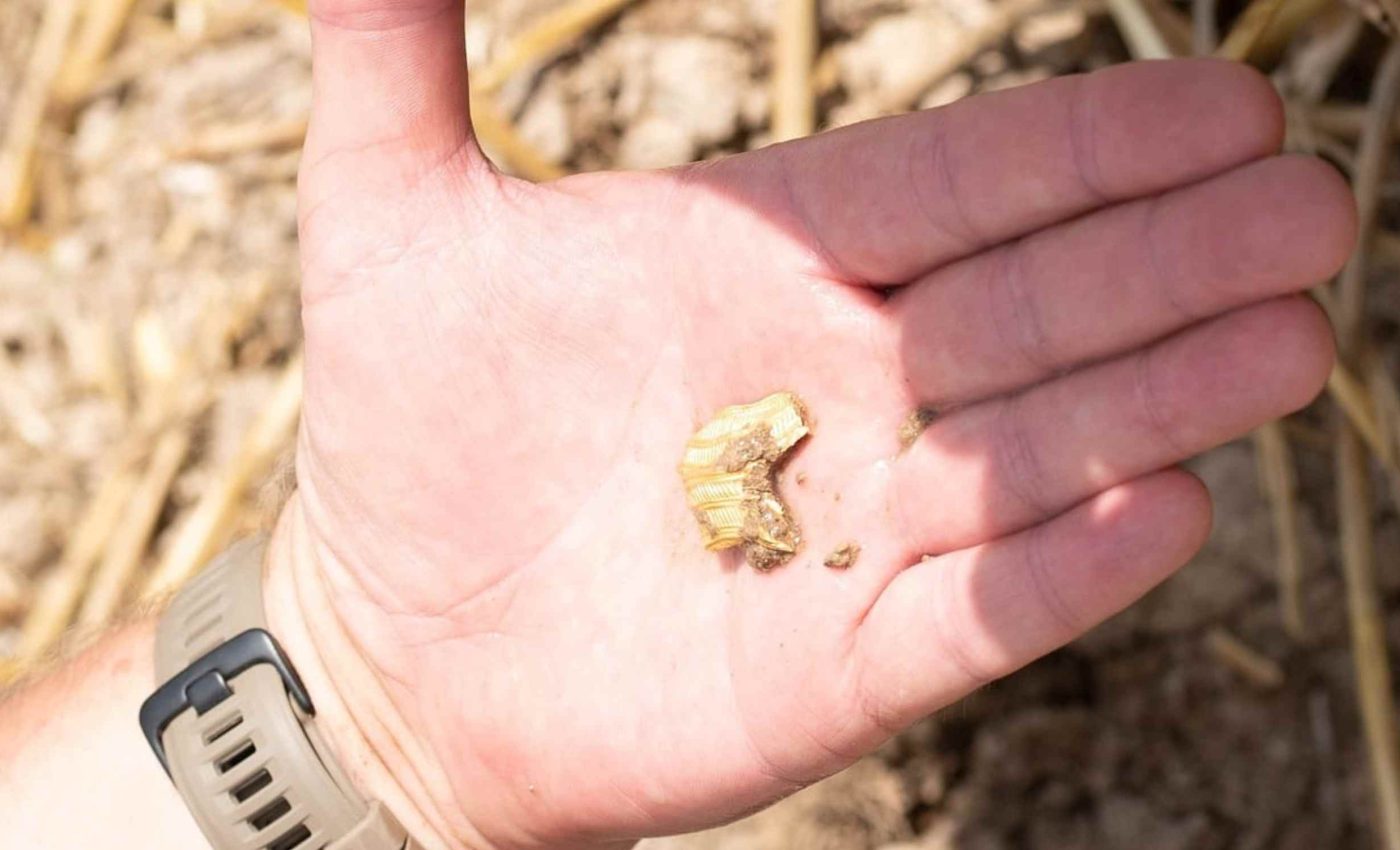
Celtic treasure trove discovered with coins and jewelry dating back 2,000 years
Archaeologists in western Bohemia announced a discovery of about 500 gold and silver Celtic coins, plus gold and bronze jewelry, spanning roughly the 6th to 1st centuries B.C..
Many of the coins are tiny, about 0.28 to 0.59 inches across, yet their images are sharp and distinctive.
The first clue surfaced in 2021, when an amateur archaeologist reported a small gold coin fragment to authorities and kicked off a systematic survey of a farmed field.
The site has remained intact, its exact location kept quiet to shield it from looting and casual disturbance.
Cataloging Celtic coins
The project is led by Pavel Kodera, head of the Museum and Gallery of the Northern Pilsen Region in Mariánská Týnice. His team is cataloging coins, chopped gold, and personal ornaments to build a clean timeline for activity at the site.
“It turned out that the site contains a large number of primarily small metal objects, very interesting artefacts, mostly coins but not only coins,” Kodera explained.
“There are gold ingots, small chopped pieces, even raw gold in flakes and lumps. Other finds include gold earrings, fragments of bracelets, and similar items.”
Celtic coinage across Europe often began by imitating Greek designs, a pattern summarized in a Prehistoric Society factsheet.
That broader habit helps explain why some images on these coins echo Hellenistic portrait styles alongside horses, boars, and solar symbols.
Cultivated fields and connections
“What is particularly remarkable is that the site is spread across a field that has been cultivated for centuries and continues to be cultivated today,” Kodera continued.
“Research is therefore dictated by the agricultural cycle of the farmers managing the land and could only take place after the harvest, before the field is sown again.”
Short field windows after harvest mean careful planning, limited time on the ground, and a premium on recording even small finds with precision.
Just months earlier, a separate report described a La Tène Celtic era settlement in eastern Bohemia with coin molds, kilns, and craft evidence, pointing to an active economic landscape.
Taken together, the new Pilsen finds and that settlement show how money, metal, and ideas moved across Central Europe in the late Iron Age.
Preserving a fragile legacy
Archaeologists face an unusual challenge with the Pilsen treasure: most of the objects were found scattered across plowed farmland, where seasonal work can quickly destroy delicate layers of soil that hold historical context.
Each find must be recorded with exact GPS coordinates and carefully lifted to preserve even the smallest traces of wear or corrosion that might reveal how the objects were used or exchanged.
The team also faces a race against time. Exposure to air and moisture can rapidly oxidize metals that have been buried for millennia, especially when gold is mixed with silver or bronze.
Conservators now store the artifacts in climate-controlled conditions and use noninvasive imaging to study their structure before any cleaning or stabilization begins.
These steps ensure that future researchers can reexamine the materials without losing the evidence that makes them scientifically valuable.
Science that traces metal to its source
To learn where the gold came from, researchers plan isotope analysis, a set of tests that compare the isotopic fingerprints of metals to known sources.
Those signatures, together with trace element data, can show whether the metal likely came from local streams and veins or traveled in from distant mining districts.
Czech heritage law treats archaeological finds as public property and requires authorized fieldwork for detector surveys, which is why the first finder contacted professionals.
This framework encourages collaboration while protecting sites from being stripped of context, the very context that turns objects into evidence.
See the Celtic coins in Mariánská Týnice
Part of the treasure is now on view in an exhibition at the Museum and Gallery of the Northern Pilsen Region in Mariánská Týnice. Only a selection is displayed, since the most sensitive pieces are undergoing study before any broader public release.
“We don’t know whether people visited once a year or several times a year for trade, religious purposes, or both, or if it functioned regularly, for example as a daily marketplace,” Kodera concluded.
“Evidence suggesting a marketplace includes the presence of the coins, which were apparently handled, lost, or possibly offered as part of a ritual.”
Future analyses will test whether the scattered pattern reflects a seasonal market, a sacred precinct with offerings, or a place that shifted roles across centuries.
—–
Like what you read? Subscribe to our newsletter for engaging articles, exclusive content, and the latest updates.
Check us out on EarthSnap, a free app brought to you by Eric Ralls and Earth.com.
—–













